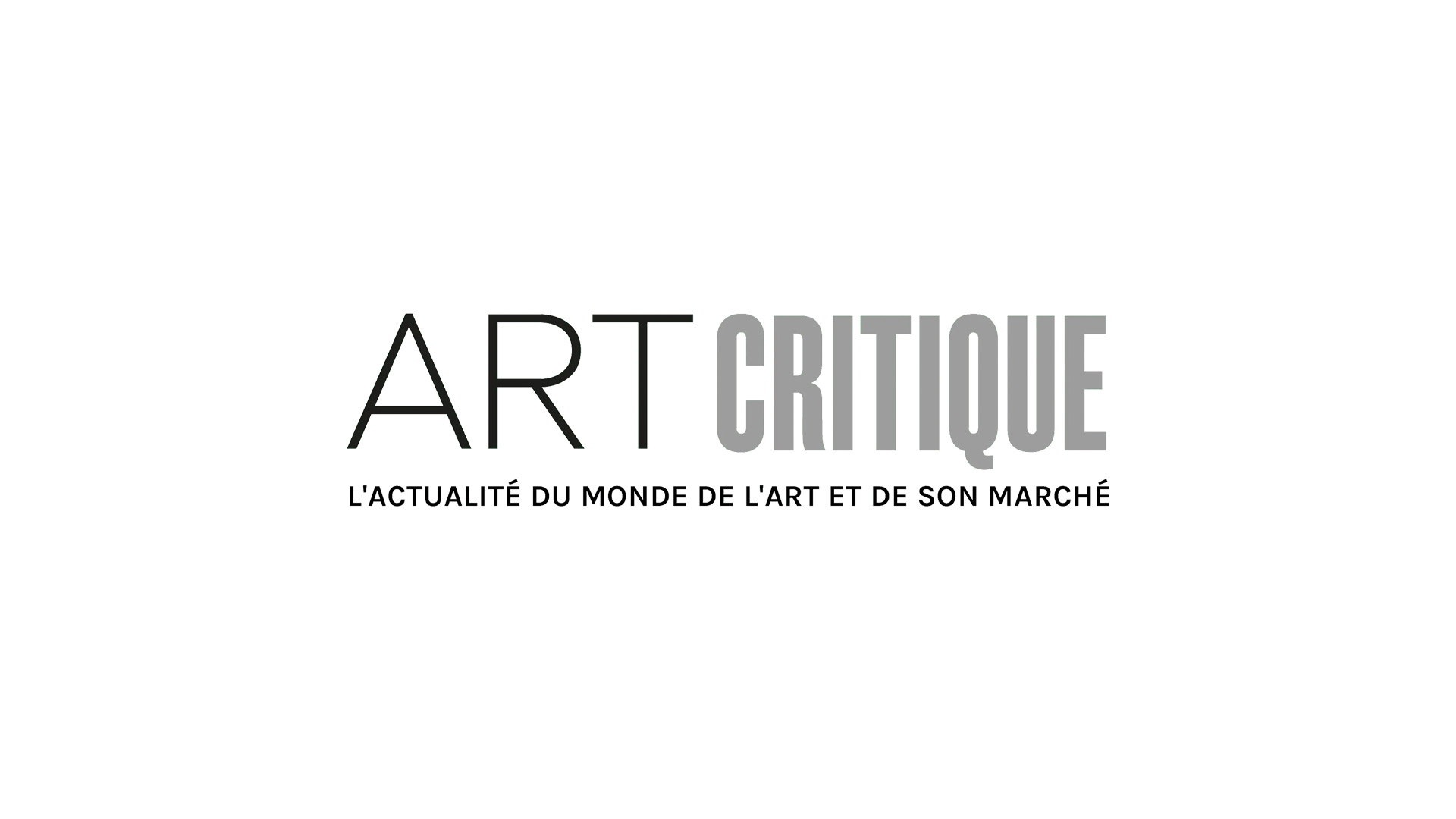Group painting. Driving nails into a wall. Mono-coloured chess. Listening to heartbeats. Dangling motorcycle helmets filled with pieces of sky for the taking. Stamping for peace. These are just a few of the many sweet, simple, and soul searching activities you are welcome to at the newly opened exhibit Growing Freedom, a collection of art and artistic instructions by famed Japanese-American multi-disciplinary artist Yoko Ono.
This installation at the Fondation Phi Pour L’Art Contemporain in Montréal spans four floors, all filled to the brim with the inventive works and “scores”-the term for the set of instructions that audiences are invited to utilize- of the boundary breaking visionary. Known to many as the partner of the late John Lennon, Yoko Ono’s approach to activism and art has brought audiences intimately close to the subjects she presents, both creatively and philosophically. This is evident in every aspect of Growing Freedom, where the attendees are the cornerstone of their own experience, their actions in conjunction with the creative instructions and activities holding equal importance to the creative process. This often means interacting with an established piece, but some scores take place entirely in the viewer’s mind.

One of Ono’s most notable ongoing projects, Wish Tree, is represented here, and seems to embody the nature of her ideals for both art and the betterment of humanity. Participants are invited to anonymously write wishes down on white tags and then hang them from the branches of a tree, the goal being to cover the tree in white. While this concept may seem played out now, with countless derivations popping up in ever public art festival imaginable, this only goes to show the resonance of the idea that Ono pioneered in the early 1980s. And what’s more, I don’t think she would ever take issue with more people being motivated to share their wishes with the world.


Amongst all of the instances of collaborative creation and playful purging that Growing Freedom offers, there are also a number of pieces documenting Yoko Ono’s performance art and film work that exude a powerful stoicism. One such piece is the filmed footage of Cut Piece, one of her earliest performances in which she sat neutrally before an audience in her best clothes, a pair of scissors laying beside her; the audience was invited to go up and cut off pieces of her clothing, which they were allowed to keep. Watching as individuals hesitantly start moving to take part, and seeing the growth in confidence and comfortability with stripping away the artist’s garments, it is hard not to feel the analogues of dominance that emerge in the relationship of this performance. The influence of this piece alone on modern performance art is unparalleled, the most obvious being Marina Abromović’s Rhythm 0, in which she allowed an audience to utilize dozens of tools, including weapons, in whatever way they saw fit on the artist. Ono’s work set a path not only for works putting audience action in the spotlight, but also for those that serve as a signifier for the ill intent society directs towards women.

There’s an almost sacred nature to the playfulness of the ideas presented in the exhibit, as well as the more solemn pieces. Everywhere you look, people are carefully approaching the opportunities for exploration presented to them with a mix of smiles, serenity, and silent contemplation. In any other circumstance, the offer of worming ones way into a large cloth bag may be met with hard scepticism or complete chaos. Maybe it’s the welcoming nature of the exhibit and building itself, or how well placed each piece seems to be for the public to meander through and interact with at their own leisure. But I feel that beyond a well produced collection of art and ideas, it’s the intent behind them that gives a comforting ease to one’s journey through Growing Freedom. It’s the invitation from Yoko Ono to take part- not an obligation or a directive- that feels to be the crux of the concept. The permission to come into the art as we please, and to take it with us when we go.





